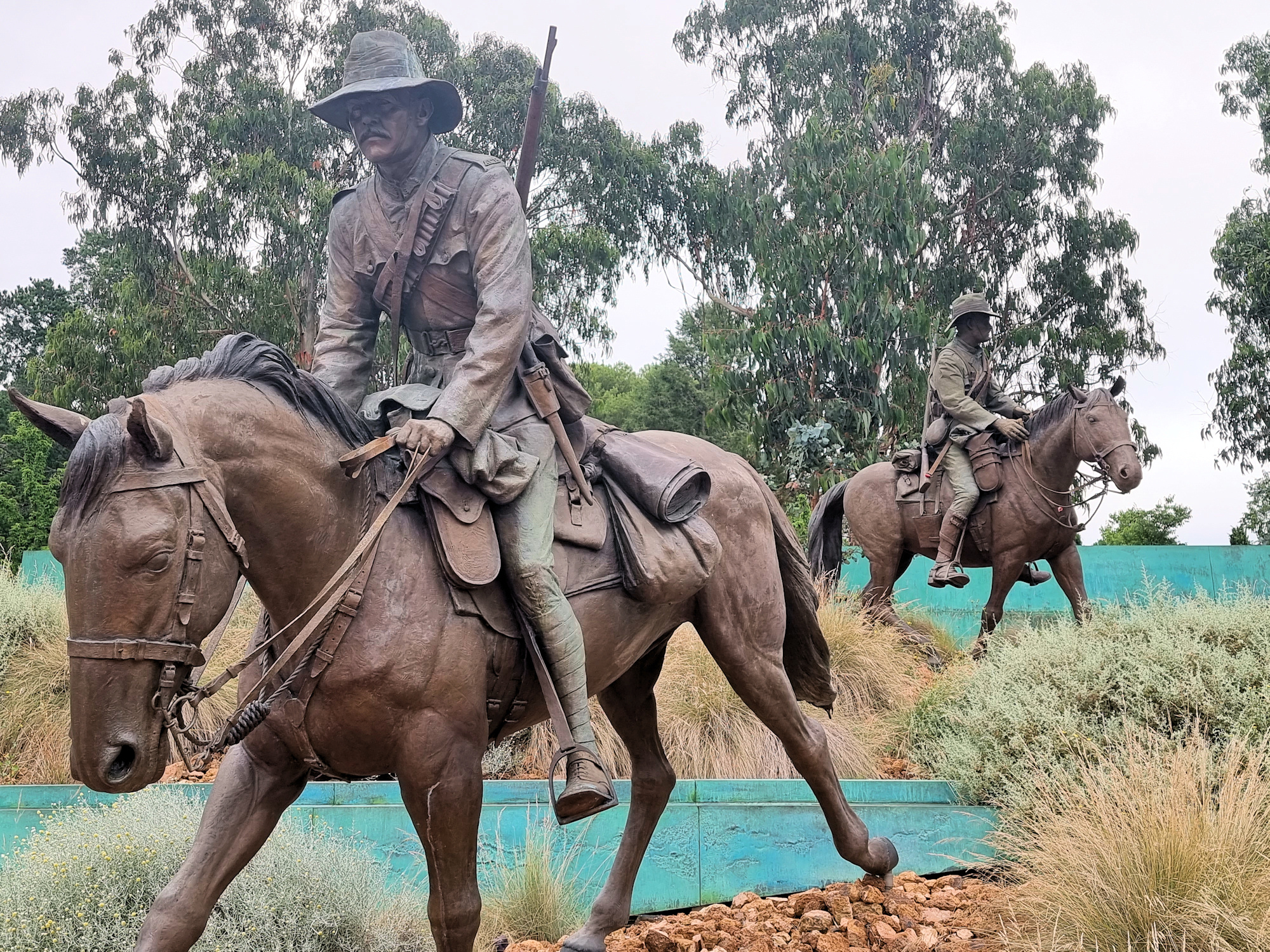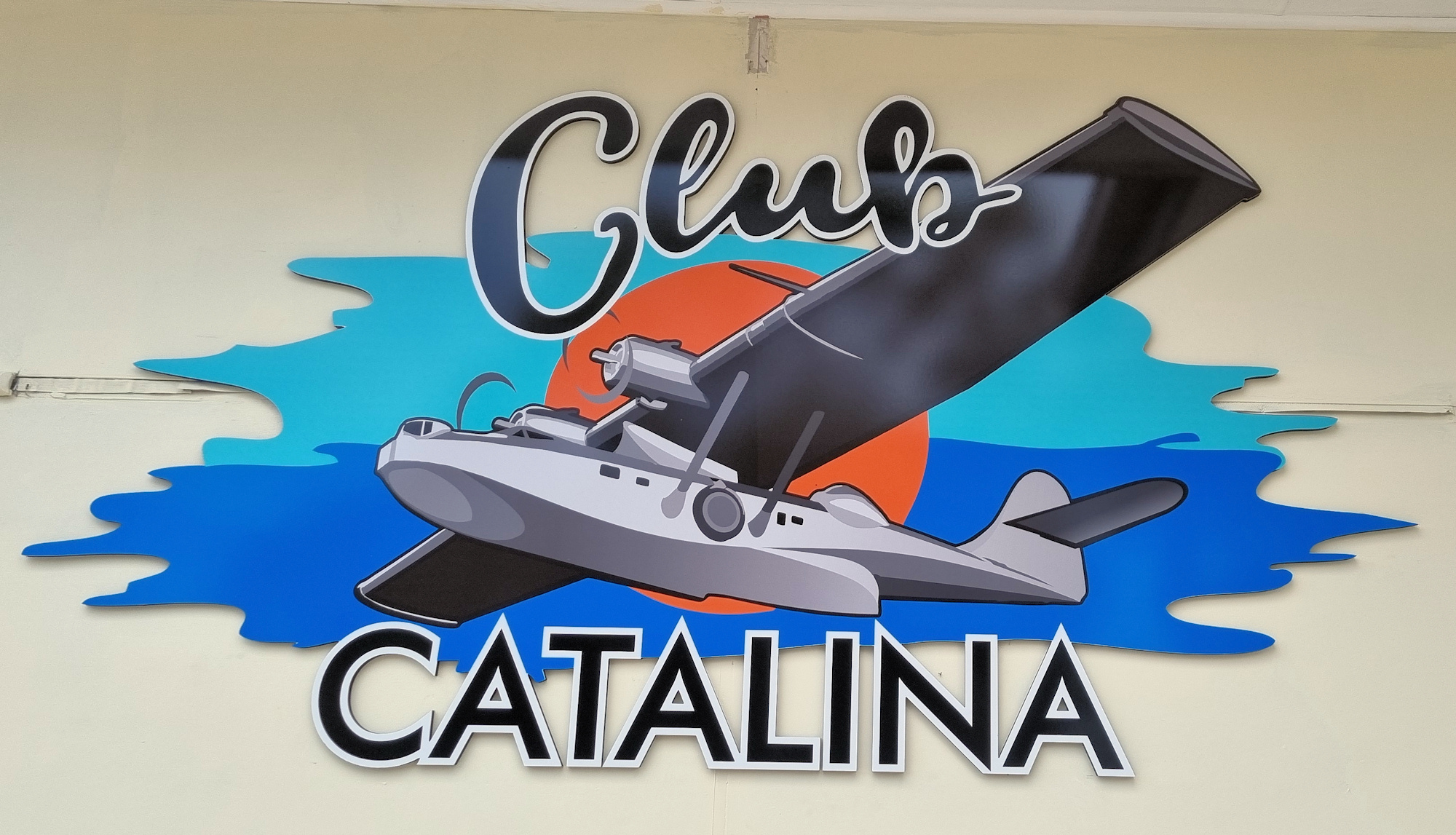Category: Royal Australian Air Force
Royal Australian Air Force
-
ANZAC Parade Memorials Canberra

ANZAC Parade Memorials Canberra Leading up to the Australian War Memorial, ANZAC Parade in Canberra contains memorials honouring those who served in Australia’s armed services. The best way to see all of the monuments is to walk the length of the Parade. We parked in the Constitution Avenue car park, so that we could walk… Read more
-
Wings Over Illawarra 2021 Air Show

Wings Over Illawarra 2021 Delayed since 2020 due to Covid, Wings Over Illawarra was able to get into the air on the weekend of 27/28 November 2021. Held at Shellharbour Airport, south of Wollongong, the air show was well organised, with plenty of parking and helpful volunteers. We stayed at a nearby hotel the previous… Read more
